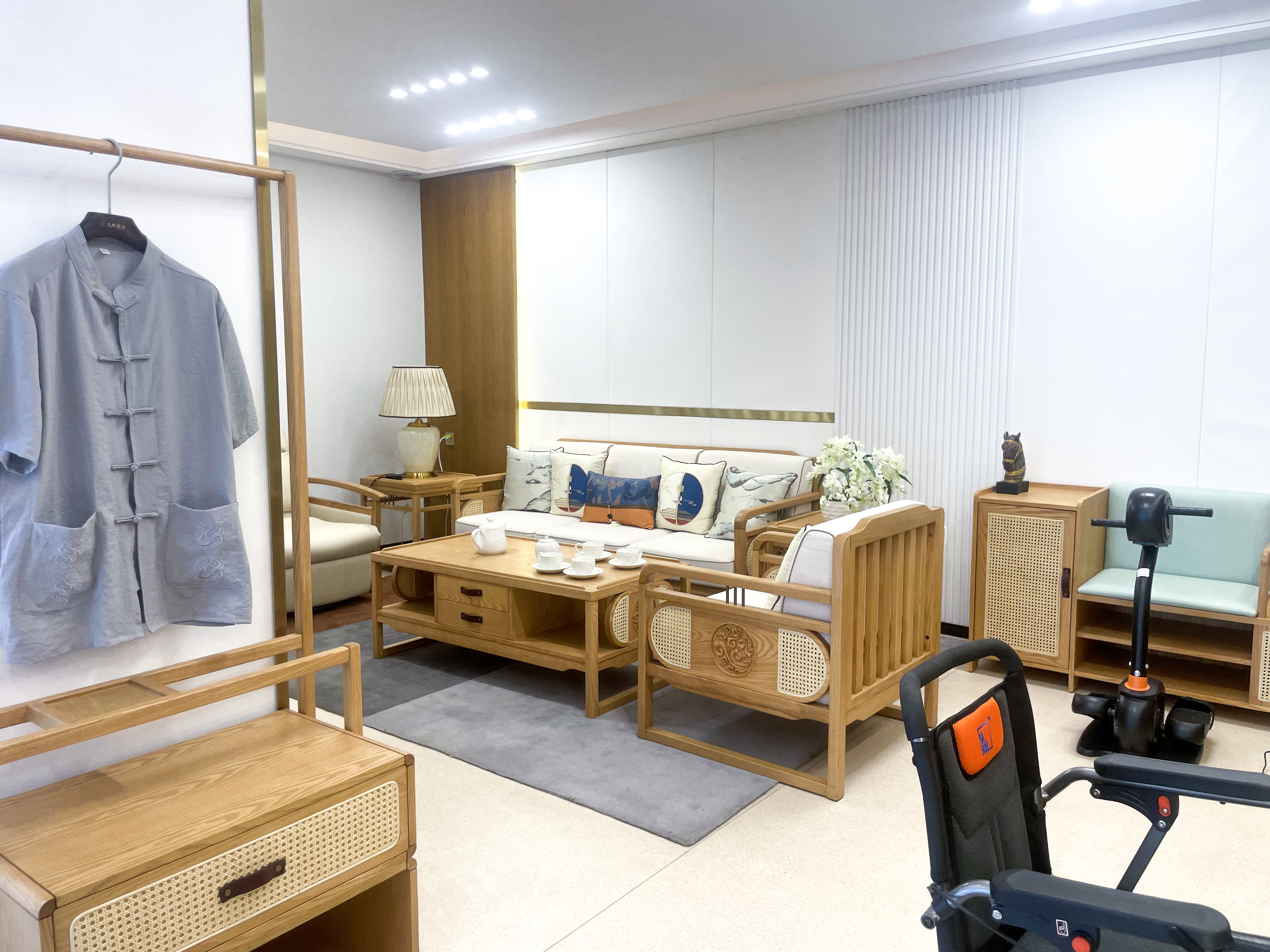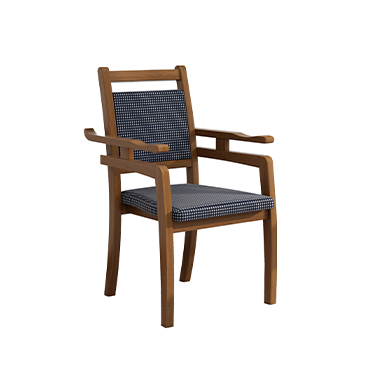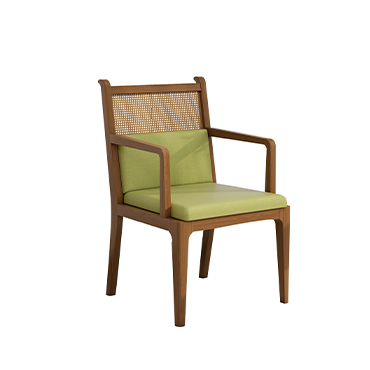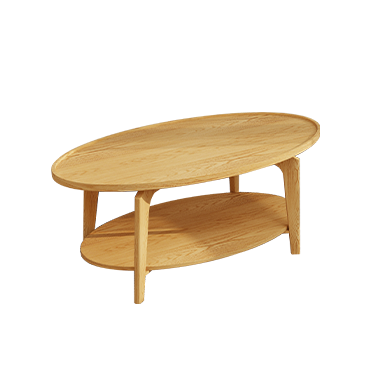Furniture Industry Trends in 2025: Digitalization, Global Expansion, and Intelligent Manufacturing Leading the Way
As global demand for home furnishings continues to rise, the furniture industry in 2025 is undergoing a profound transformation. From digital upgrades to global market expansion and intelligent production, furniture enterprises are reshaping their competitiveness at an unprecedented pace.
1.Digital Transformation: From Static Display to Immersive Experience
Digitalization has become a key path for furniture brands to enhance user experience and brand value. Responsive website design, virtual reality (VR) showrooms, and personalized recommendations are increasingly adopted by industry leaders. Some companies are collaborating with professional web developers to build advanced online platforms, enabling them to better engage consumers and adapt to shifting market needs.
2.Going Global: Balancing Brand Value and Cost Advantage
China’s furniture exports have exceeded 1 trillion RMB for three consecutive years, reaching 1.04 trillion in 2023. In early 2024, the export value of finished furniture increased by 39.8% year-on-year, showing strong momentum. However, most Chinese furniture brands still rely on cost advantages rather than brand influence in international markets. To ensure sustainable development, companies must strengthen brand building while maintaining competitive pricing.
3.Intelligent Manufacturing: Evolving from "Manufacturing" to "Smart Manufacturing"
Smart manufacturing is emerging as a powerful engine for the furniture industry. With the integration of Internet of Things (IoT) and Artificial Intelligence (AI) technologies, companies are achieving greater automation and quality control across their production lines. For example, some businesses have implemented RFID technology to enable product traceability and enhance supply chain efficiency.
4.Green and Sustainable Development: Eco-friendly Materials and Circular Economy
Sustainability has become a core focus across the industry. From design to production, companies are increasingly using renewable materials and environmentally friendly techniques to promote a circular economy. For instance, some manufacturers now incorporate bamboo and other sustainable resources to minimize their environmental footprint.
In this era of rapid change, furniture enterprises must stay aligned with industry trends—embracing digital tools, expanding overseas markets, advancing intelligent manufacturing, and practicing sustainability—to stand out in an increasingly competitive landscape.
Stay tuned for more insights on the future of furniture.





